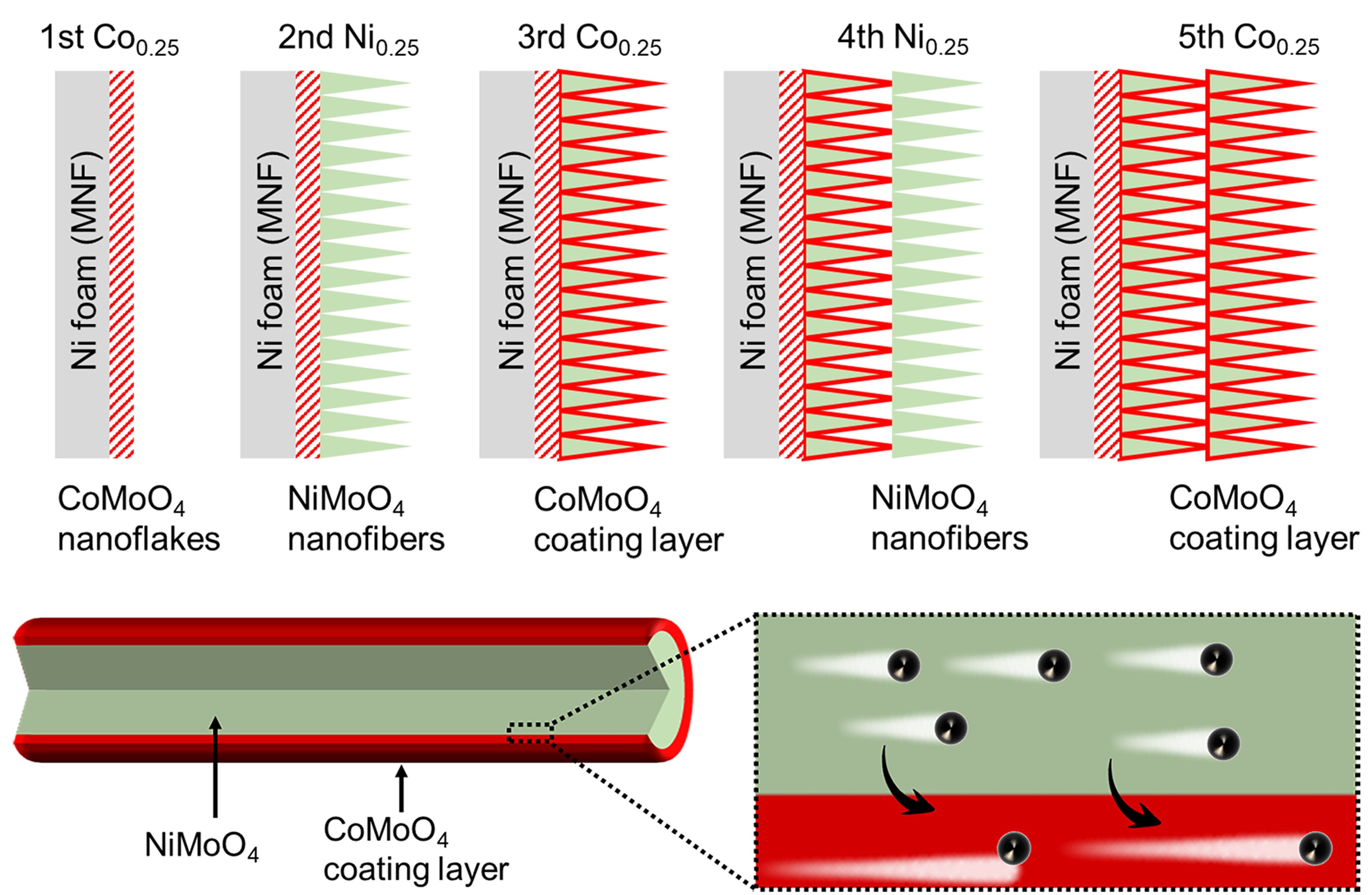Research Areas
The research programs in Prof. Hu's laboratory are centered on using chemical and physical approaches towards the synthesis and the characterization of advanced materials for energy applications.
Superstructured solid fuel cells
Solid oxide fuel cells are a promising energy conversion system due to their high energy efficiency and fuel flexibility. Lowering the operating temperature can minimize material degradation and enable the use of less expensive materials but significantly increases electrolyte and electrode resistances. The research activities in his laboratory are focused on superstructured electrolytes for achieving ultrahigh ion conductivity and power density at low operating temperatures.
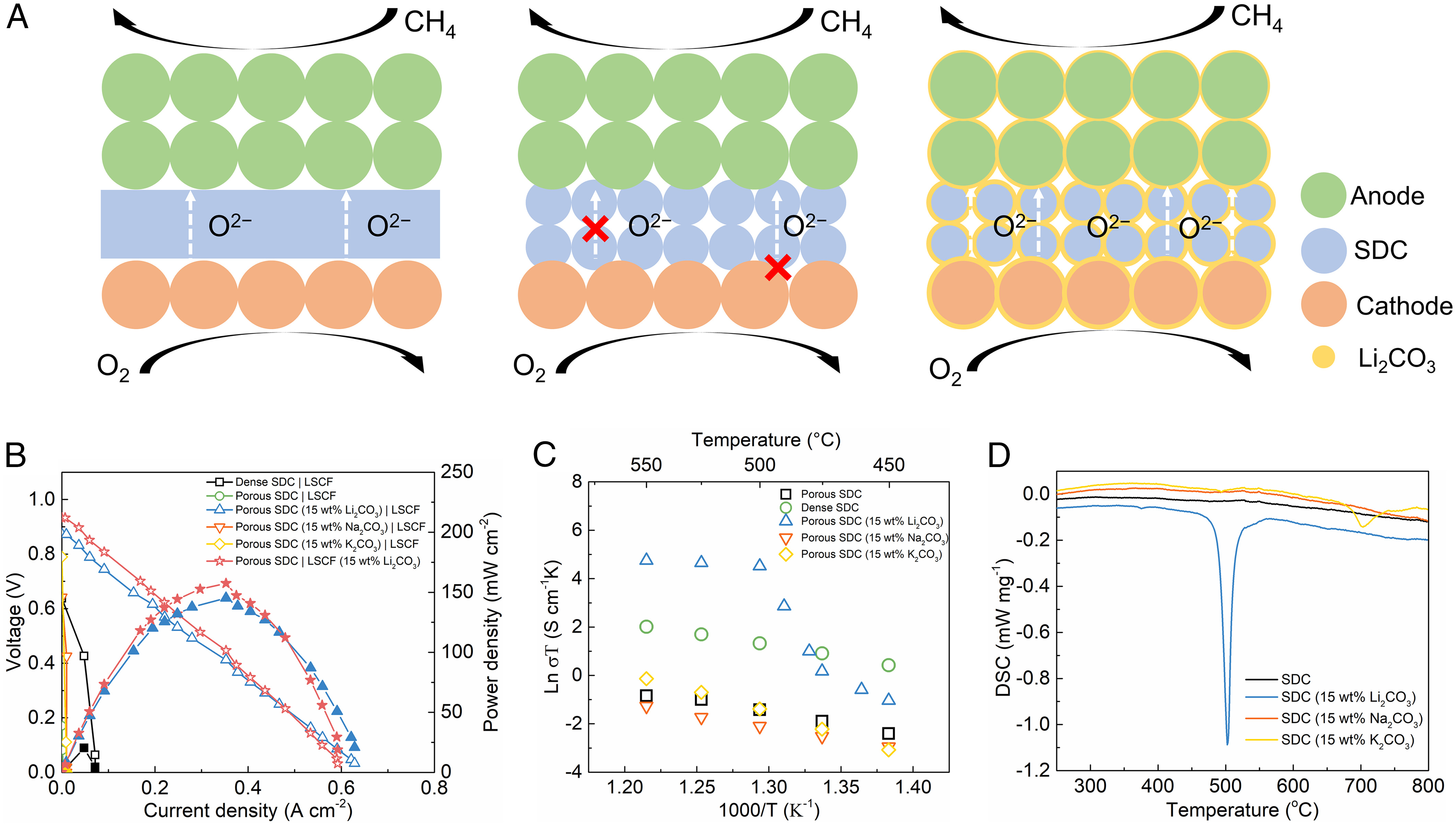
Novel electrodes for supercapacitors
Supercapacitors are an important energy-storage device and are widely applied in the field of consumer electronics, electric vehicles, industrial power quality, and new-grid field. Research activities in his group involve the development of novel and efficient electrodes for supercapacitors, including superstructured nanofiber arrays, 3D graphene, and waste-plastic-derived carbon materials.
Utilization of dead leaves toward sustainable development
Large numbers of leaves fall on the earth each autumn. The current treatments of dead leaves mainly involve completely destroying the biocomponents, which causes considerable energy consumption and environmental issues. In his lab, dead leaves are converted into useful materials without breaking down their biocomponents. These dead-leaves-derived materials demonstrate wide applications in bioplastic, solar water evaporation, photocatalysis, and supercapacitors.

Highly efficient visible-light thermo-photo catalysis
Intensive effort has been made for photocatalysis. However, energy conversion efficiency for the visible-light photocatalysis is still low. His group is developing highly efficient visible-light thermo-photo catalytic processes particularly for H2 production, CO2 reduction, and CH4 conversion.
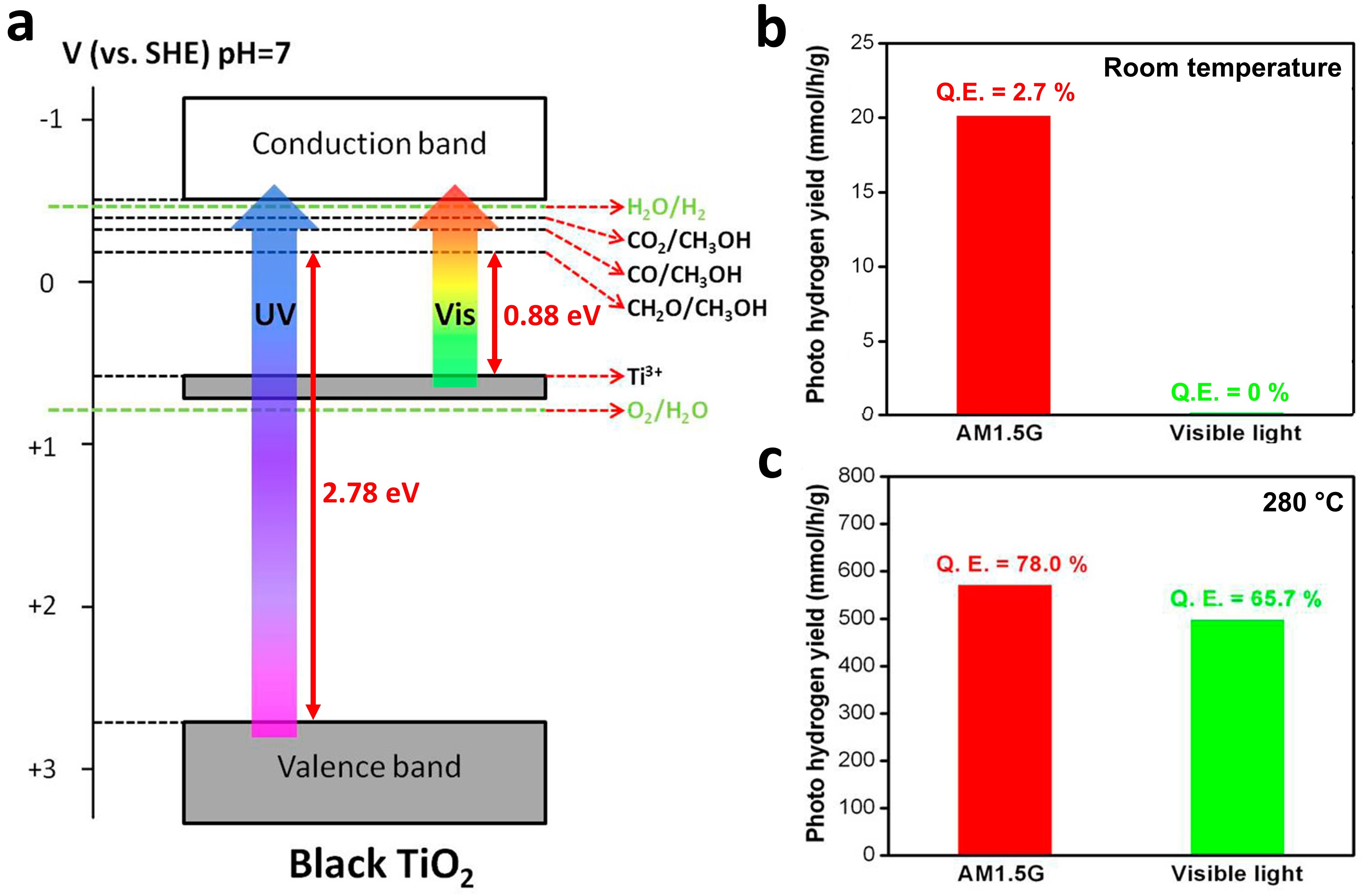
Graphene for solar energy
Graphene is a rapidly rising star in materials science. This two-dimensional material exhibits unique properties, such as low resistance, excellent optical-transmittance, and high mechanical and chemical stabilities. Those exceptional advantages possess great promise for its potential applications in photovoltaic devices. The research activities in his laboratory are focused on graphene-based nano-materials for solar cells.
Synthesis of novel solid materials and liquid fuels from CO2
Increase in atmospheric CO2 has been identified as the primary cause for the observed warming. The utilization of CO2 is being considered as a more attractive solution to solve CO2 issues. Research efforts in his laboratory are focused on (a) CO2 conversion to novel solid materials and (b) synthesis of liquid fuels from CO2.
2D materials for memristors
Memristor, which had been predicted long-time ago, was recently invented. The introduction of a memristor is expected to open a new era for non-volatile memory storage, neuromorphic computing, digital logic, and analog circuit. In his lab, memristive properties of atomic layer materials are being explored. Furthermore, ideal memristors are being developed with the 2D materials.
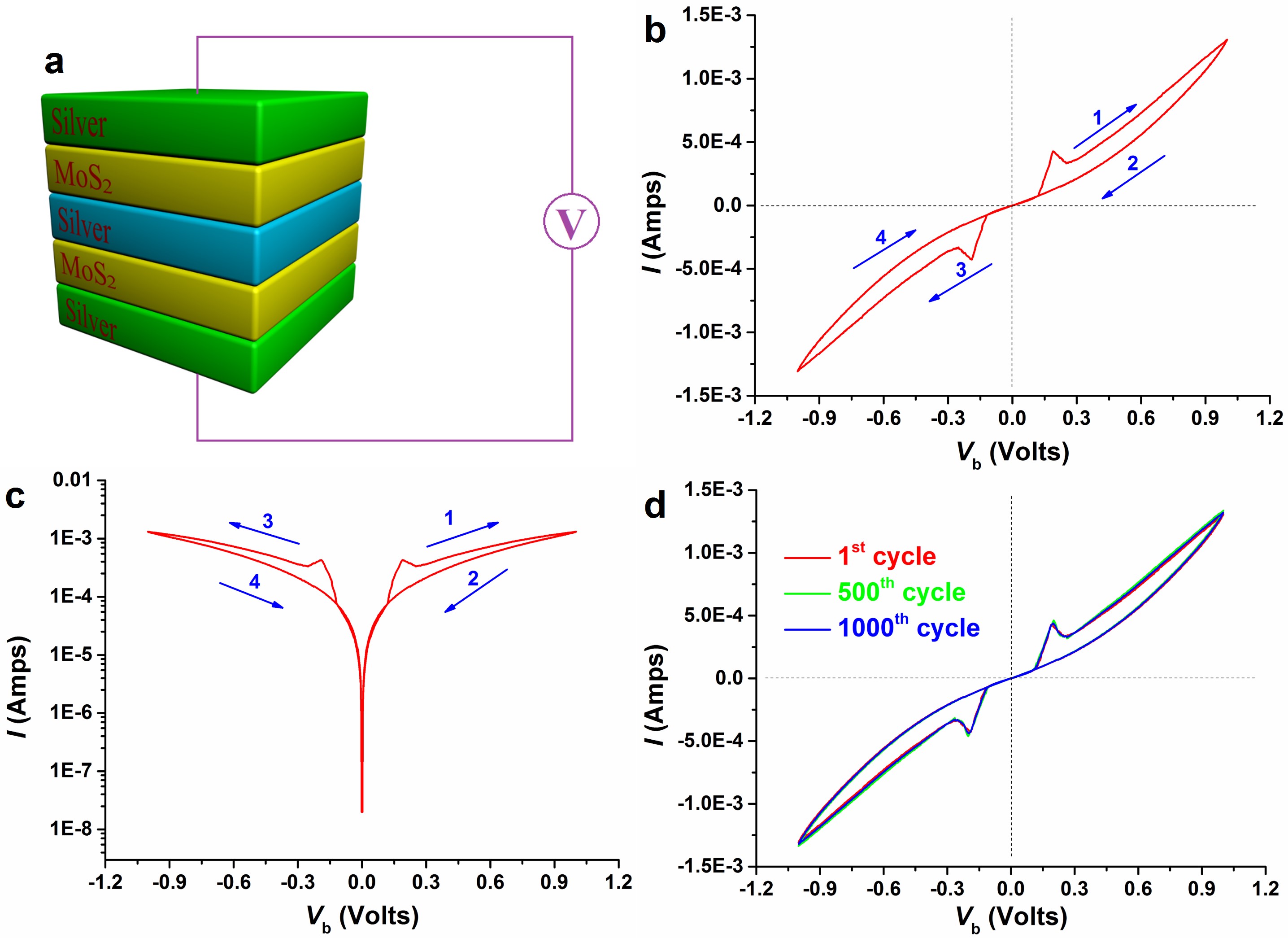
Hydrogen storage materials
An effective hydrogen storage technology that provides high storage capacity and fast kinetics is a critical factor in the development of a hydrogen fuel for transportation. Hydrogen storage in solid materials has become one of the most important research areas. However, conventional hydrogen storage materials, such as metal hydrides, have low reversible hydrogen capacities. The research activities in his laboratory are focused on novel hydrogen storages materials that have a high reversible hydrogen capacity.
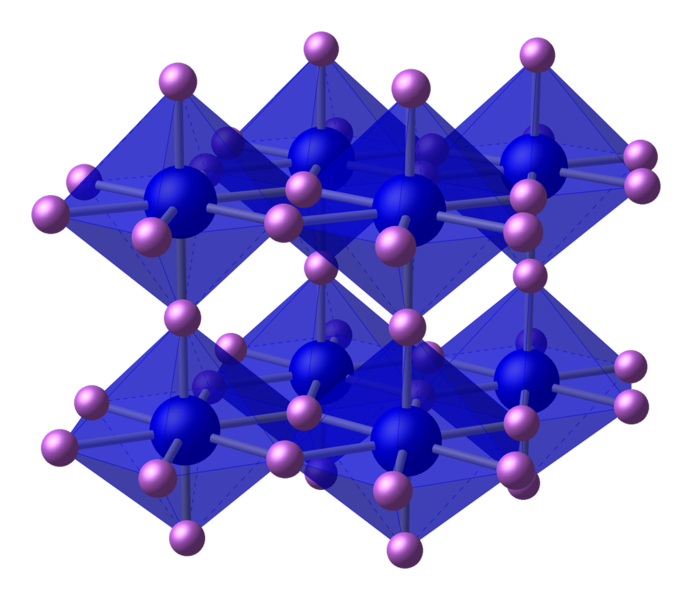
Structures and properties of nano-structured materials
Fullerenes (the hollow carbon cages) and the related carbon nanotubes have attracted the chemists, physicists, and material scientists because of their potential applications as superconductors, molecular containers, and drug-delivers. Research activities in his group involve (a) endohedral chemistry of C60-based cages, (b) properties of sp carbon atomic chains, and (c) designs of non-carbon nano-cages, tubes, and chains.
Heterogeneous catalysis
Catalysts play a vital role in many industrial processes. Understanding mechanistic details of surface-catalyzed reactions may pay the way to the design of new and improved catalysts. However, determination of mechanistic details remains challenging because there are few effective in-situ techniques that can be used for characterization of reactive surface species. His research aim is to develop transient response techniques via combining FT-IR and isotope-MS for the evaluation of heterogeneous catalytic reactions.
Predictions of material properties
Ab initio calculation of bulk properties of crystals with a high accuracy represents a great challenge. The difficulty in calculating the properties of large chemical systems using first-principles is that there are conflicting demands on the theory. The high mathematical accuracy and a short computational time require the use of a small cluster as a calculation model, while the minimization of the truncation effects demands a large calculation-model. To overcome these difficulties, they are developing new approaches via formulating a conservation principle, which holds for various sizes of a compound, ranging from diatomic molecules to clusters and large crystals. Using such a conservation principle, an accurate prediction of the properties of large systems can be obtained from the ab initio or density functional theory (DFT) calculations of smallest clusters.

